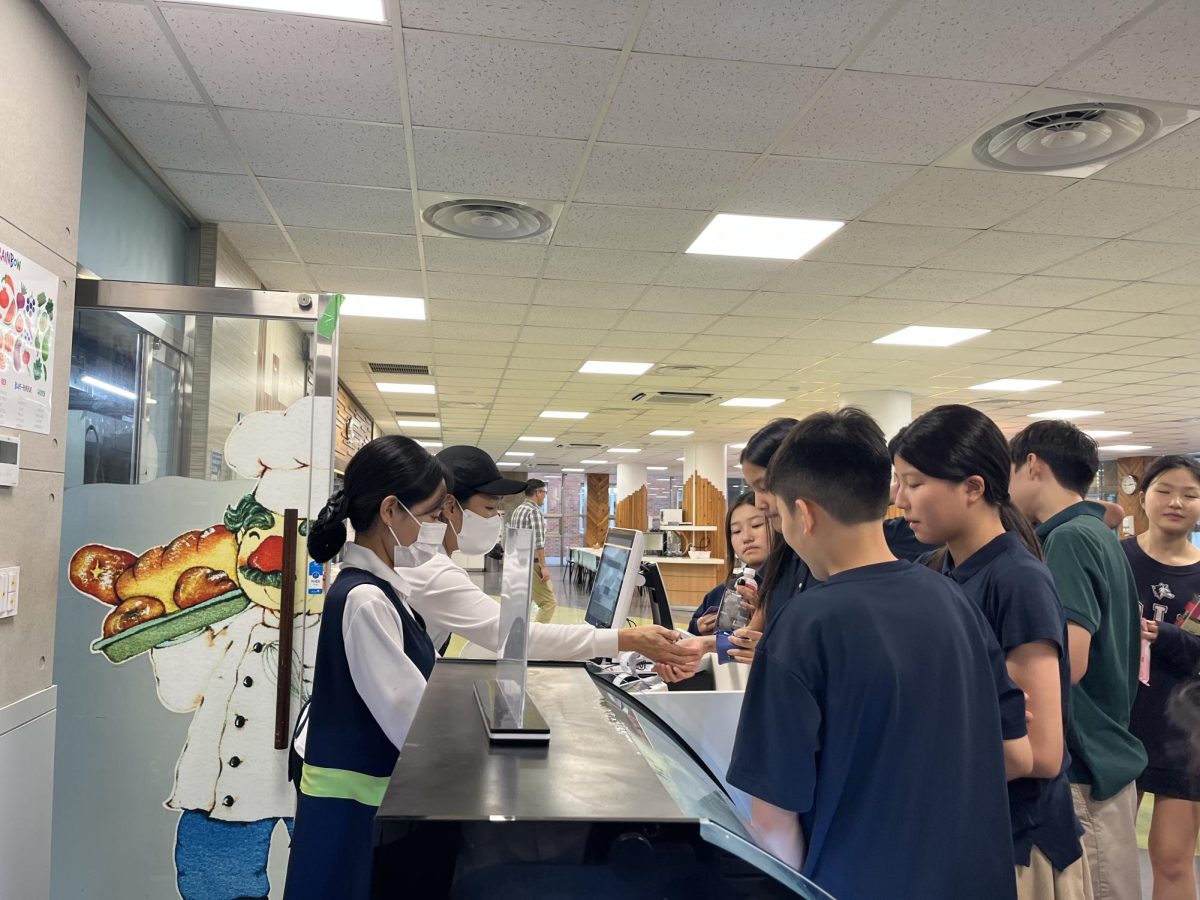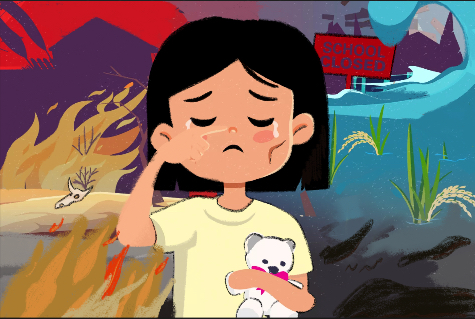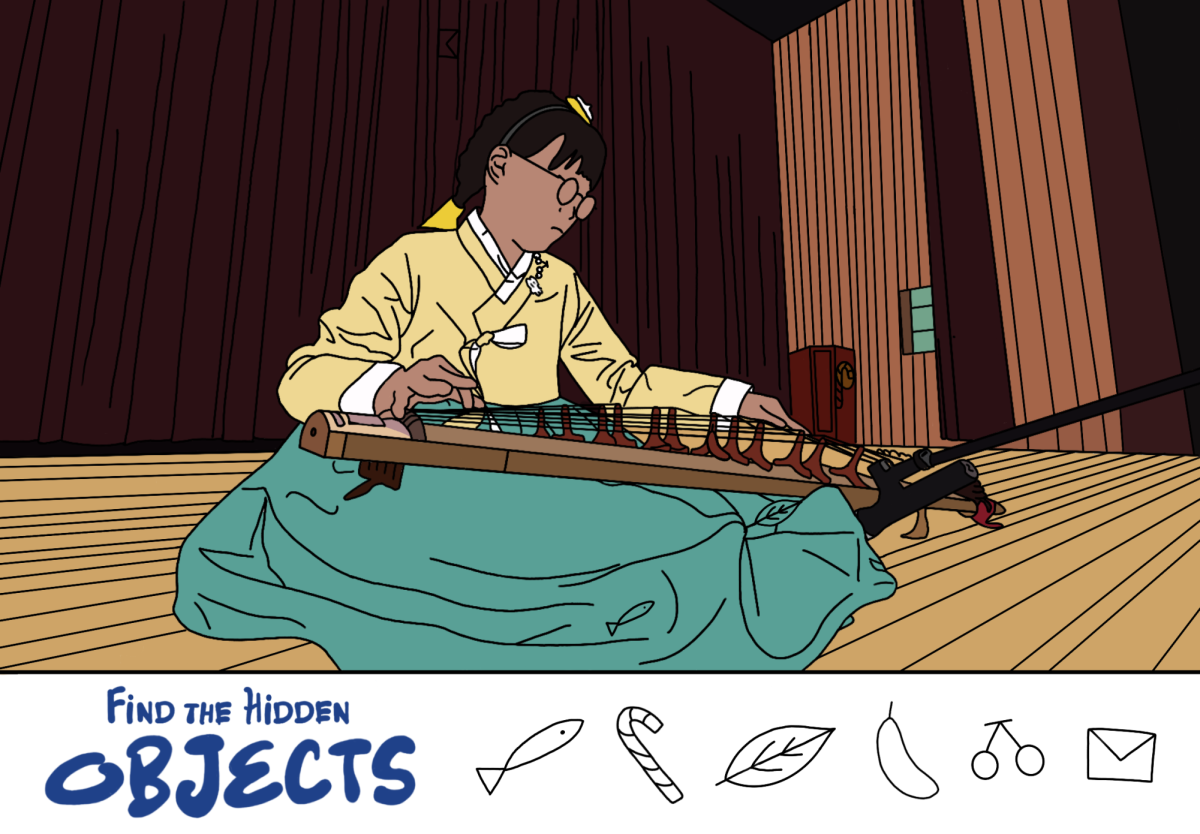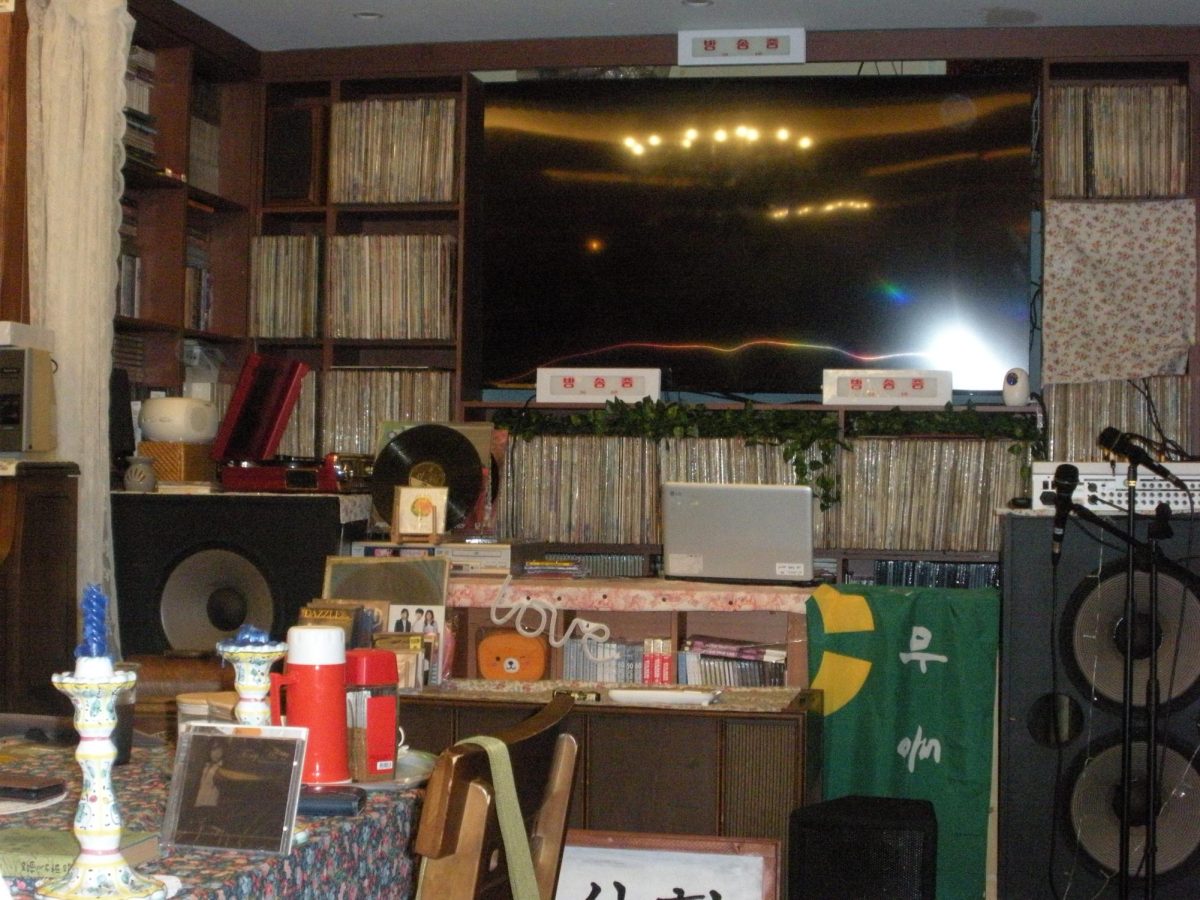Picture a dimly lit room filled with smoke, the aroma of coffee, and the low hum of conversation. Dabangs (다방), Korea’s traditional teahouses, symbolize an era of community and conversation that sharply contrasts today’s fast-paced, digital world. However, this retro-age staple now threatens to fade into obscurity.
During the mid-20th century, dabangs were hubs of intellectual discourse, creative expression, and community gatherings for young Koreans. These teahouses, which drew everyone from artists and writers to students, often hosted political discussions and protests. They famously served instant mix coffee and traditional herbal teas, and sometimes provided live music and poetry hearings.
Jun In-Woo, the owner of Treasure Island Dabang, remembers the integral role they played in daily life during his youth. “In my childhood, the image of Korea’s dabang was synonymous with one of a sarangbang. It was a place filled with inspiration, conversation, and the thick haze of smoke. In an age where phones were a luxury—when most didn’t even own a landline at home—people would be hunkered down in a dabang all day, waiting for a phone call there,” he said.
For long-time patrons, dabangs represent a nostalgic connection to their past. “Korea developed significantly during the analog age, my youth. The time period always felt abundant and filled with happiness to me. Nowadays, when I go to places I visited then, like dabangs, and enjoy my old favorite drinks, I am taken back to a simpler time with many fond memories,” visitor Young-jin Park said.
The decline of dabangs parallels the rise of modern coffee shops, which many believe lack the communal spirit of their predecessors. “I believe the modern café is individualistic. Compared to the more social and communal dabang atmosphere of the past, modern cafés feel starkly businesslike and impersonal. Everyone simply minds their own business there—they work alone at their table, finish their drinks, and leave,” Jun said.

Western shows played a significant role in reshaping how Koreans viewed coffee, which led to today’s café culture. “Twenty years ago, there was a fundamental shift in the way Korean people viewed cafés. Western media is the cause. American shows like “Sex and the City,” depicting working women in New York, popularized the idea of taking out coffee and working in cafes in Korean culture,” Jun said.
For many, dabangs today still hold potential as spaces for human connection in an increasingly digital society. “It feels like most people these days are more comfortable talking on the internet than in real life. No matter how much technology advances, people must seek out other people for conversation, understanding, and connection. I believe that is the role that dabangs should play in society, no matter how much time passes. They should always be a place for conversation,” Jun said.

While many may view these shops as relics of a bygone era, others point to thriving modern examples. Jun said, “Most people nowadays likely associate dabangs with a dilapidated and old-fashioned image. When we hear the word ‘dabang,’ we picture a messy and unsanitary place for senior citizens filled with creaky old sofas. While there certainly are establishments like these, there are still many good dabangs out there. Mido Dabang in downtown Daegu, for example, is beloved by the elderly and younger generations and is well known for its beautiful paintings and traditional Korean calligraphy.”
Jun emphasizes the importance of modernization to the dabang’s survival: “For dabangs to continue to exist and retain their unique identity, there needs to be change. If we continue to cling onto our old ways, dabangs will become more obsolete and will further alienate younger generations. We must try to keep up with the times—renovate interiors, play trendy music, and update our menus—to continue this Korean tradition.”
As Korea’s digital culture grows, the preservation of its tradition means more than maintaining old teahouses. So, the next time you pass by a dabang, make sure to step inside. You never know – it might offer more than just a cup of coffee but a taste of our country’s rich history.




















































